Known in the Roman period as Nemausus, it is generally believed that the city was named after a local Celtic god. It was one of the cities along the Via Domitia, and many Roman veterans settled here. This combination probably explains, at least in part, why Nemausus gained such prominence in Roman Gaul. This prominence was made official under Augustus, who made the city the regional capital. The amphitheater at Nemausus was constructed around the same time as the Colosseum in Rome, in the late 1st century AD.
Nemausus, modern Nimes
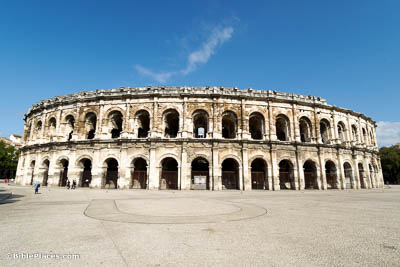
The Amphitheater
Water Distribution Tank
Nemausus was supplied with water via a 35-mile-long (56 km) aqueduct. The famous Pont du Gard was part of this aqueduct system. Water flowed across that expanse and then was deposited into this tank, built in AD 35–70. From here, it was distributed to the various corners of the city. According to estimates, roughly 30,000 metric tons of water passed through this tank every day. This is a staggering number at first glance, so it is helpful to find some point of comparison. In terms of modern water usage, this would accommodate about 80,000 people. It is rare to be able to get a look inside a castellum. Pompeii has an intact one, but you cannot look inside.
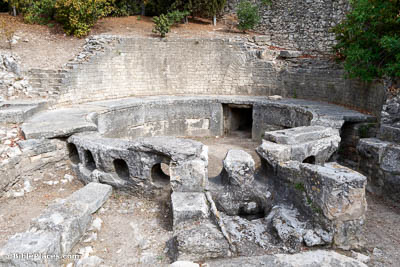
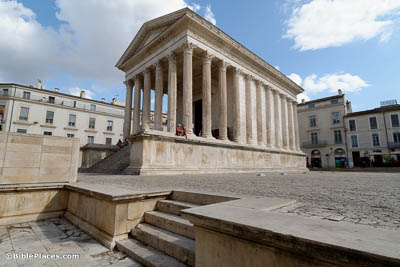
The Maison Cairree
The Maison Cairree (“The Square House”) is regarded as one of the finest Roman temples still standing in France. Constructed under Augustus and dedicated to his adopted sons Gaius and Lucius, this temple was first associated with the imperial cult. Over time, though, it likely became associated with other deities. The temple has eleven columns on each long side and six on the short sides. The Corinthian capitals have been marvelously preserved. This building had a particularly strong impression on the 18th-century visitor Thomas Jefferson; when he returned home, he had the Virginia State Capitol Building modelled after it.
The Tour Magne
By virtue of still retaining roughly 110 feet (34 m) of its original height—as well as standing on a high point in the city—the Tour Magne is visible from a long ways off. A smaller Iron Age tower was later encircled by this taller Roman augmentation. Though it must have served as a wonderful watchtower, some believe that it served an additional cultural or symbolic function.
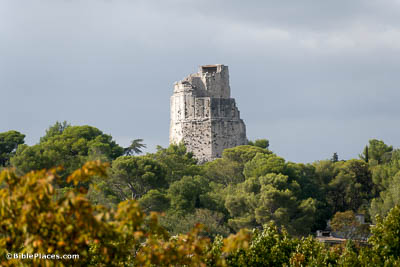
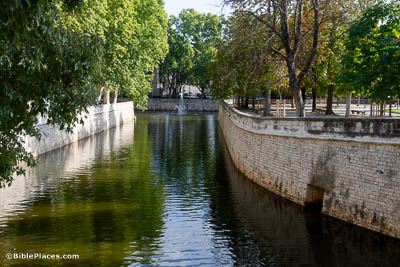
The Garden of the Fountain
The spring of Nemausus had longstanding religious value to the city. In the 18th century, the location of this spring and its surrounding ancient structures were converted into a public park called Jardins de la Fontaine (“Garden of the Fountain”). It was allegedly one of the earliest modern public gardens in Europe.
